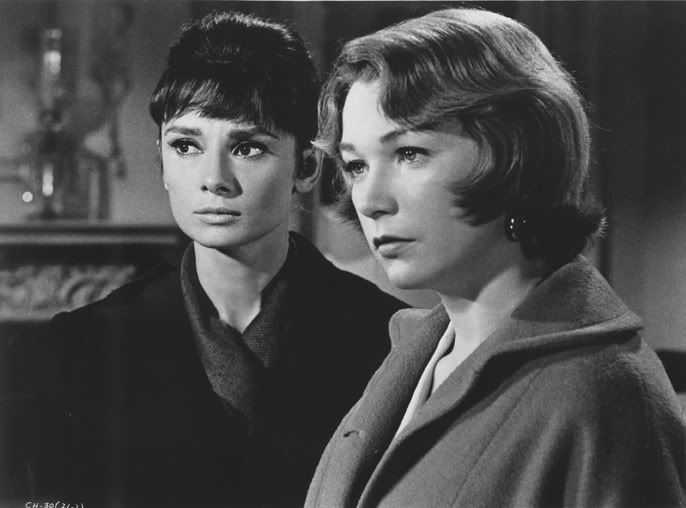
Did you know that a play about lesbians played in New York City in 1934? One that wasn't based on vaudeville cliche or silly stereotypes? Children's Hour comes with a hell of a history. And that history touches on the entirety of 20th century life, certainly life in the arts, but also the more sinister aspects of American life.
LIlian Hellman based the play on the sordid real life tale of two Scottish schoolteachers who opened a finishing school for the daughters of aristocrats (read this for more information on that original case). The entire school was brought down by the idle gossip of one of the school's more dangerous students; she accused the two teachers of showing "inordinate affection" with each other, in bed. As you may imagine, chaos ensued, lives were ruined, and the school was shut down.
Hellman adapted the play from an essay she wrote about the original law case. And now things get interesting. Due to the sordid nature of the storyline, she couldn't get anyone to produce it, until her then-friend Dashiell Hammett (I know!) introduced her to producer Herman Shumlin. (Afterwards, Hellman and Hammett embarked on a relationship that lasted over 30 years, until his death by cancer. Also? You know Nick and Nora? Nora was based on Hellman.). Shumlin didn't regret his decision; the play set all kinds of records on Broadway (longest run for a start).
But in the end, while the Scottish instance occurred in 1810, its story was no less scandalous to 20th century USA. It opened on Broadway to wide acclaim, but was banned in Chicago, Boston and Los Angeles. As a result, they couldn't find enough actors who were willing to work on a play with such sensational subject matter. So, then as now, there was one recourse left to them. They took the play to Paris, where audiences LOVED it.
RETURN TO AMERICA
Hellman later said to Samuel Goldwyn that "It's not about lesbians, it's about the power of a lie." The two movie adaptations lend some credence to this statement. The 1936 adaptation by William Wyler, produced under the strict auspices of the Hays Code, made a subtle change to the story where Martha longs not for Karen, but for Joe. (The Hays Code was so strict that they couldn't even use the original title, renaming it as These Three instead.) Hellman approved the new storyline and even wrote the screenplay, and the movie is widely recognized as a masterpiece.
After that, the play went through a little bit of a lull, until Hellman was called before the House Un-American Activities Committee to turn her friends in (Hammett was a well known commie and was aready in jail). She eloquently refused, and was subsequently blacklisted. The play was then seen as a parable for the horrors of moral certainly perpetrated by Joseph McCarthy and had a successful revival.
The second adaptation in 1962 (the superstar one with Audrey Hepburn, James Garner and Shirley Maclaine), was also made by Wyler. Hellman declined to write this screenplay, and that decision had its toll. Despite its restoration of the original lesbian subplot, changes were made to the basic chemistry of the story, reducing the impact of the single lie. (for more on the key differences between the two films, go here: http://www.brightlightsfilm.com/29/childrenshour1.php)
And that's that! Stay tuned for my review of the LATEST production of The Children's Hour, starring Keira Knightley and Elisabeth Moss.

